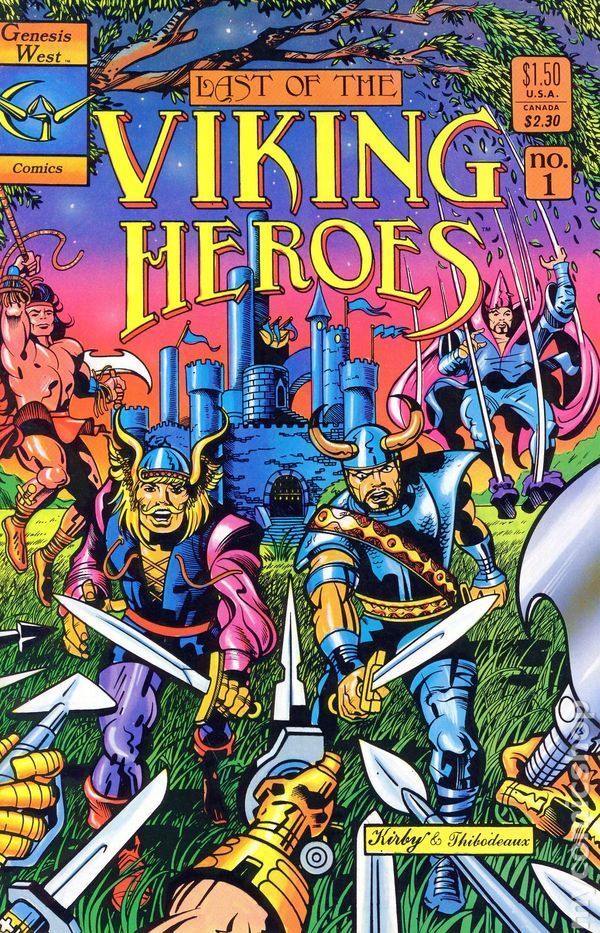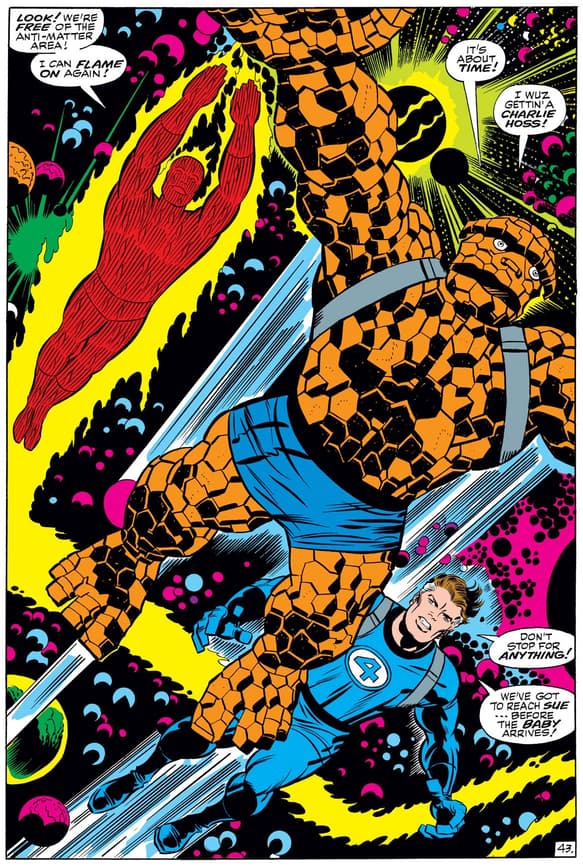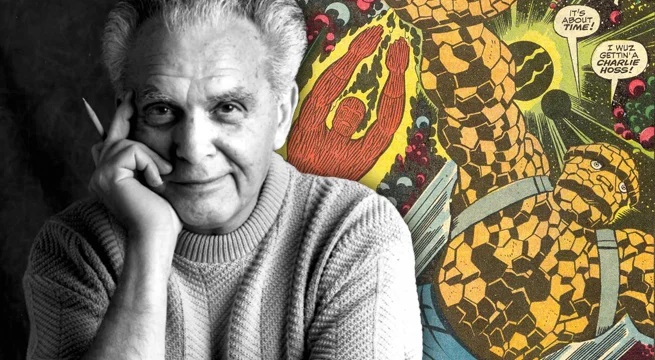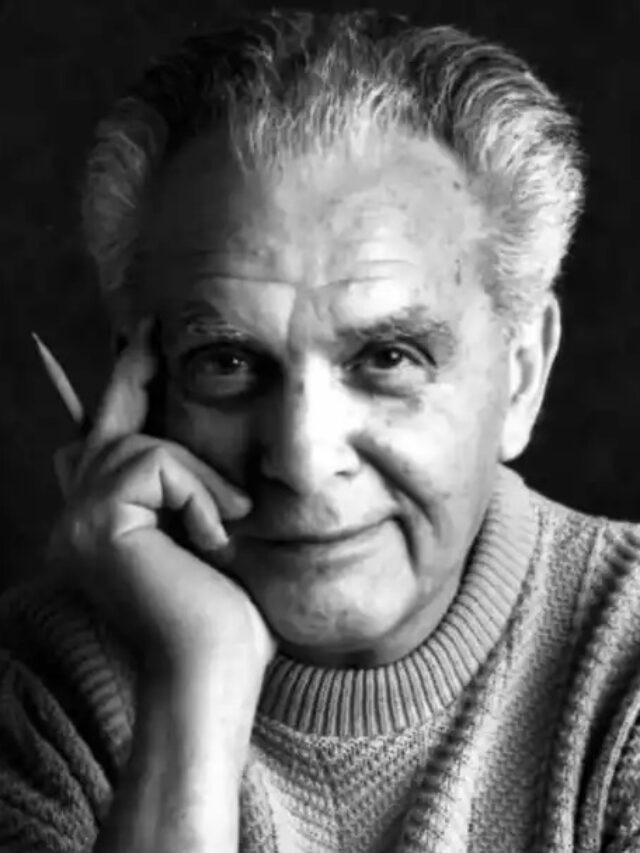Who is considered the king of comics? Many names may pop up, and Jack Kirby (August 28, 1917 – February 6, 1994) is at the top of the list; he is counted as one of the most influential and prolific comic book artists and writers of the 20th century. Marvel universe, as we know already, and its legacy in comic- fantasy-supernatural characters; Jack Kirby’s most notable contributions connect the numerous iconic characters and work with writer Stan Lee to establish the universe.
Kirby started working in the industry in the 1930s, working for several publishers, but when he joined Marvel Comics in the 1960s, his and that industry’s lives changed forever. There, among many others, he co-created several characters, such as the Avengers, the Hulk, Black Panther, Thor, Iron Man, and the Fantastic Four. His spirited drawings and creative narrative approaches converted the comic book industry. The growing youth becomes a fan of his characters; they conquer the world with their supernatural power and imagination.
Creating the “Kirby Krackle,” a unique visual effect used to show energy, explosions, and cosmic phenomena, was one of Kirby’s most significant accomplishments that changed the animation and comic industry; it employed complicated dot patterns to depict boundless energy. His contributions to DC Comics in the 1970s, such as the Fourth World mythos he created that featured characters such as Darkseid, Mister Miracle, and the New Gods, also had a long-lasting effect.
Kirby’s impact goes well beyond his comic; Marvel movies made him a hero in the young generation, even though they don’t identify him. He is admired for his limitless creativity, influence on pop culture, and part in creating the contemporary superhero subgenre. Even though he struggled and frequently did not get the credit or money he deserved while he was alive, generations of writers and artists have been inspired by his work.
Jack Kirby Art

The Fantastic Four comic is the first celebrated project by Jack Kirby and was co-created with Stan Lee in 1961. The Fantastic Four popularised a fresh take on superheroes by showcasing imperfect individuals with interpersonal challenges and real-life issues. Together with Stan Lee, Kirby co-created the Avengers in 1963. To assemble Earth’s mightiest heroes, the crew built Iron Man, Thor, Hulk, Ant-Man, and the Wasp—some of Marvel’s most well-known characters.
Kirby co-created the X-Men in 1963 together with Stan Lee. The show tackled themes of prejudice and discrimination while introducing viewers to mutants and humans endowed with remarkable powers. Based on the Norse god of thunder, Kirby and Stan Lee co-created the modern incarnation of Thor in 1962. He gave the character’s experiences a legendary grandeur.
This epic narrative was written and illustrated by Kirby for DC Comics in the early 1970s as a part of his Fourth World mythos, which is celebrated worldwide and gets attention from the audience. The New Gods explored issues of good vs evil on a cosmic scale and introduced characters such as Darkseid, Mister Miracle, Orion, and the Forever People. Mister Miracle (Scott Free), a character developed by Kirby for his Fourth World epic, is an escape artist who longs to escape Apokolips’ oppressive government.
In 1972, Kirby debuted The Demon (Etrigan), a demon shackled to Jason Blood’s soul and set in mediaeval times, a series that combined fantasy and horror. With Joe Simon, Kirby created Captain America in 1941, as his subsequent work with Marvel made him most famous; his early work on Captain America made him a prominent figure in the field.
Life and Work

Kirby’s life and art are unique and challenging; he grew up on Manhattan’s Lower East Side, the turf of the infamous gangster Charles “Lucky” Luciano, the father of modern organized crime in the United States. This experience helps Kirby create an ambience of ‘gangs’ in his comic, like kid gang characters. Kirby actively participated in the European Theater during World War II and in the U.S. Army. We can see the growth of Kirby in the decades; in the 1950s, involved in the kid-gang adventure Boy Explorers Comics and the most successful young-romantic comics, and the first adventure story ‘Fighting American’, an anti-communist protagonist, made it as a superhero satire.
Captain America is the first celebrated comic by Kirby, and it was an immediate success; after that, Kirby and Simon started to work together quickly.
Kirby is tackling the various comic book genres prevalent in the Marvel series, including love, romance, gangster, and monster. As with his previous drawings, he enjoyed drawing in the Western environment for Rawhide Kid and Two-Gun Kid. But most of his time was devoted to the monster books, which had a drab layout and titles like “The Escape of Monsteroso” and “The Creature From Krogarr.” These volumes were laborious to produce and were written by a small staff, but they were essential because they helped create the Marvel Superheroes.
While primarily recognised for his superhero comics, Kirby also authored works in various genres under other pen names, including Curt Davis, Ted Grey (humour, like Abdul Jones), and Fred Sande (Western, like Wilton of the West) (science fiction, such as The Diary of Dr Hayward) is famous and gave Kirby a forerunner position in the comic world.
Influence of King Kirby
One of Marvel’s creators, Matthew Rosenberg, remarked of Kirby, “I think every comic creator working now is still striving to catch up to his creativity.” Kirby holds the title of “King of Comics” due to his exquisitely rendered comic characters and their influence on popular culture; he also created the fundamental elements of modern pop culture.

Kirby pays close attention to the narrative’s details, giving it a more substantial and ironic-satirical quality. His ideas and concepts are broad and find a home in children’s floppy pamphlets, which are the lowest common denominator. According to well-known cultural scholars, Kirby created a world of stories for young people who dreamed of a better world. Certain critics contend that superhero films bear Kirby’s imprint; scholars assert that Kirby’s Fourth World Saga from the 1970s significantly impacted Star Wars.
AI and science fiction are the rage these days. Things were different between 60 and 80 years ago. The impact of Kirby’s comics on popular culture can only be quantified by understanding the era and the changes that transpired over five to seven decades.
Exploring the Distinctive Threads: The Nuances of American and English Comics (Part-1)






